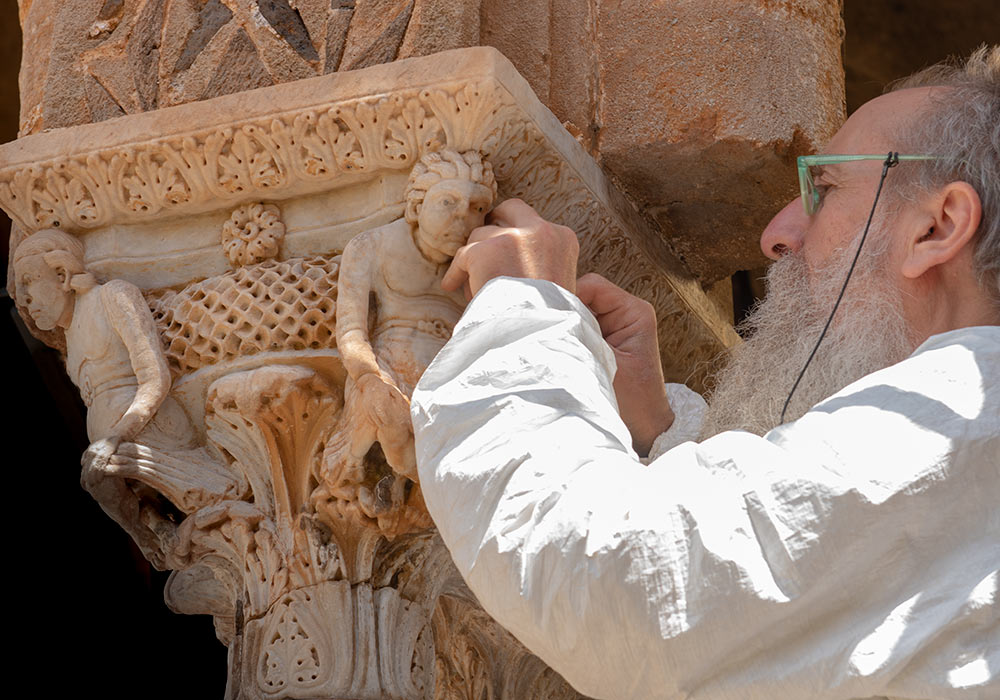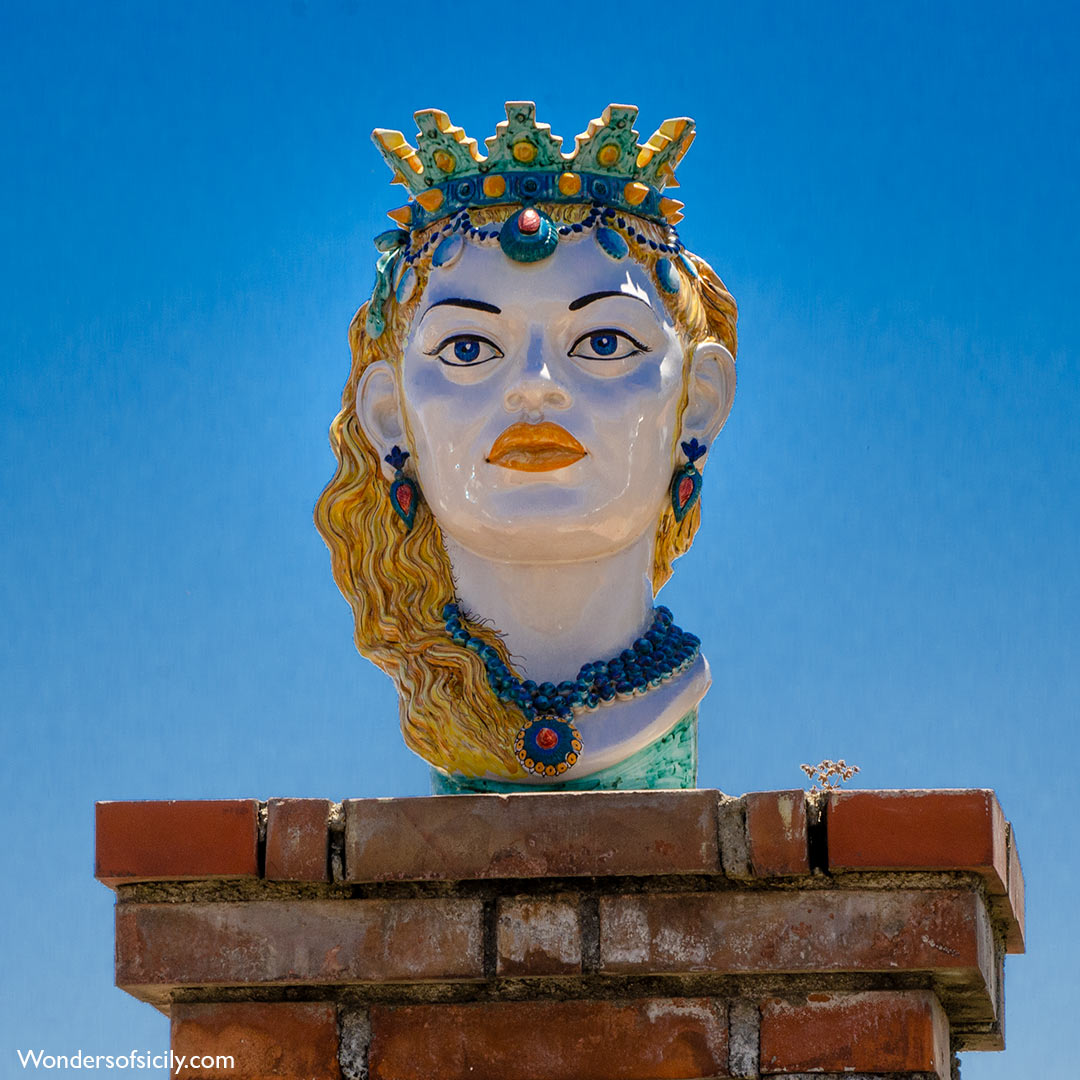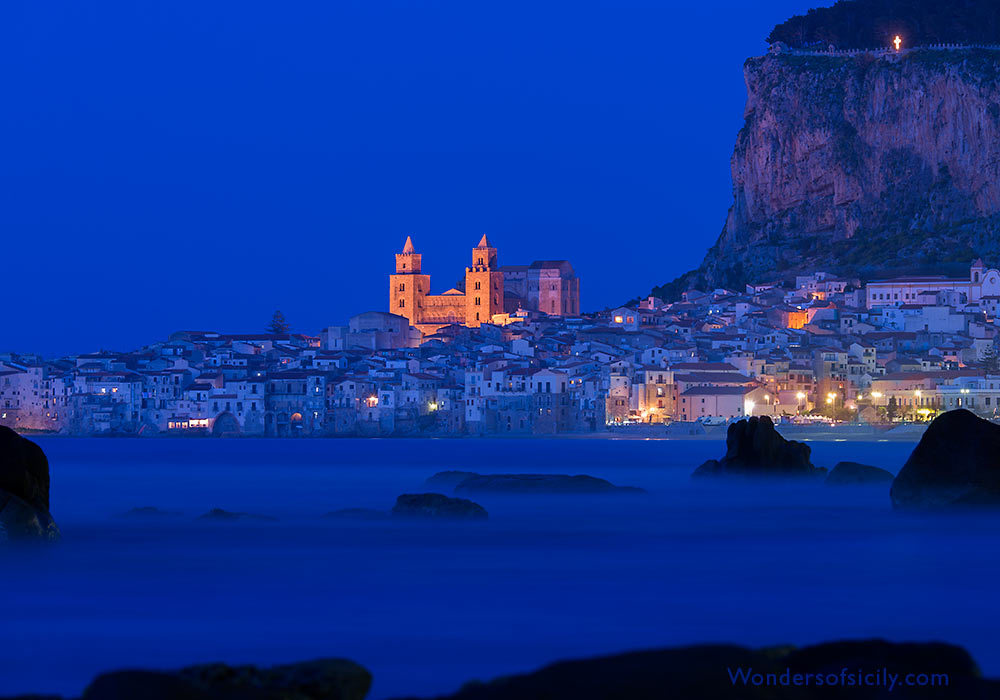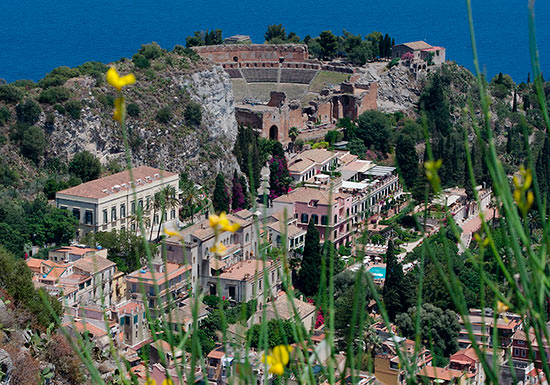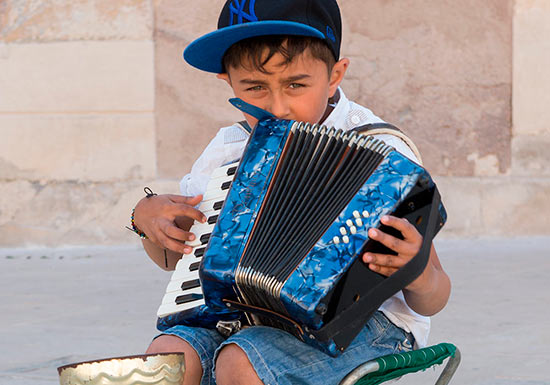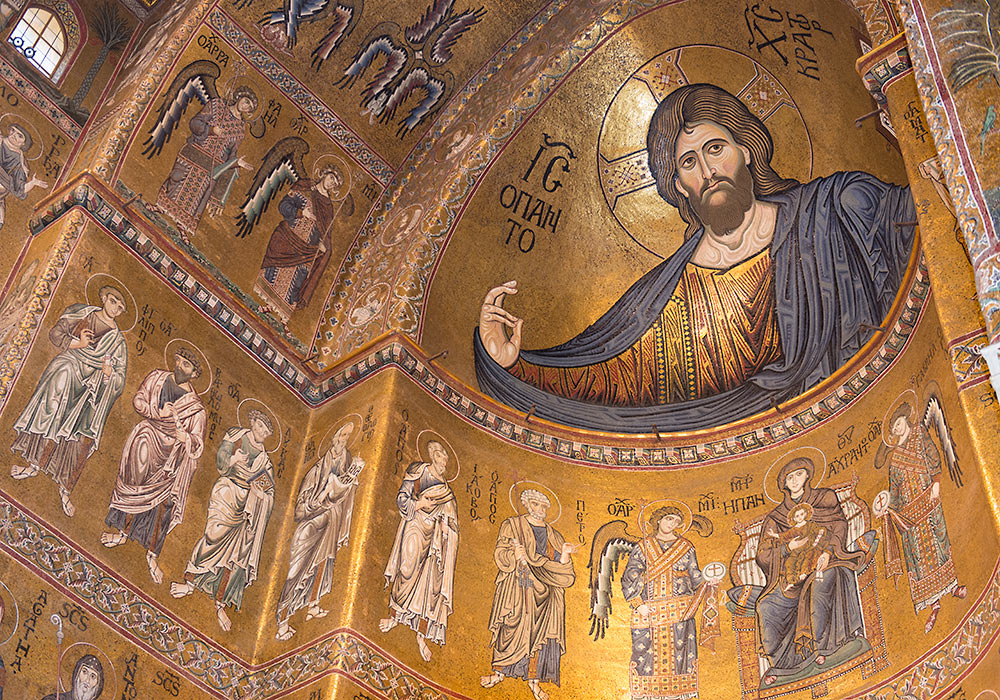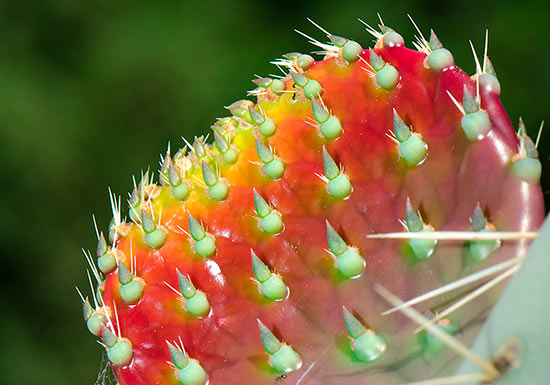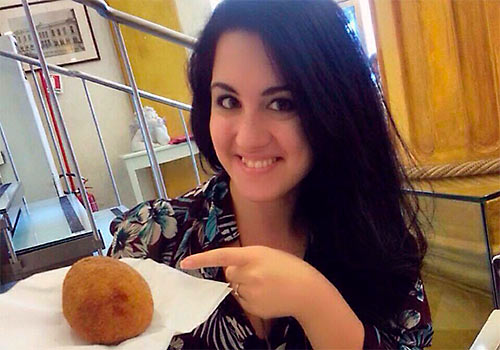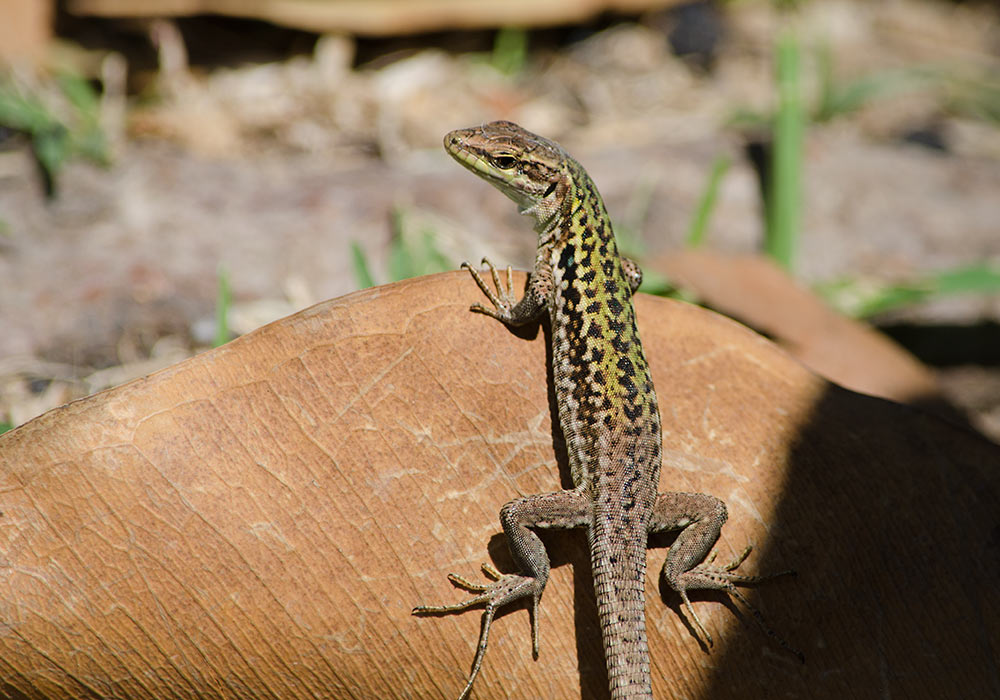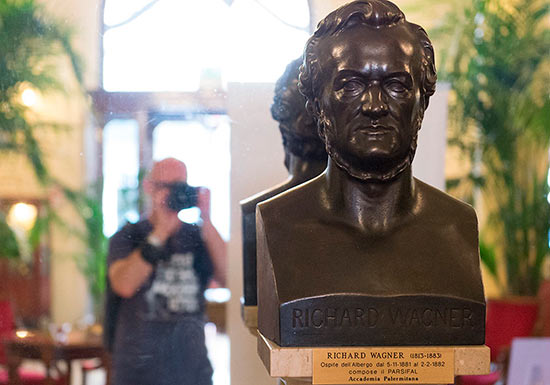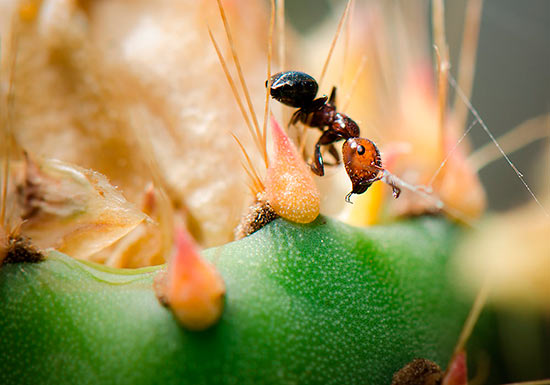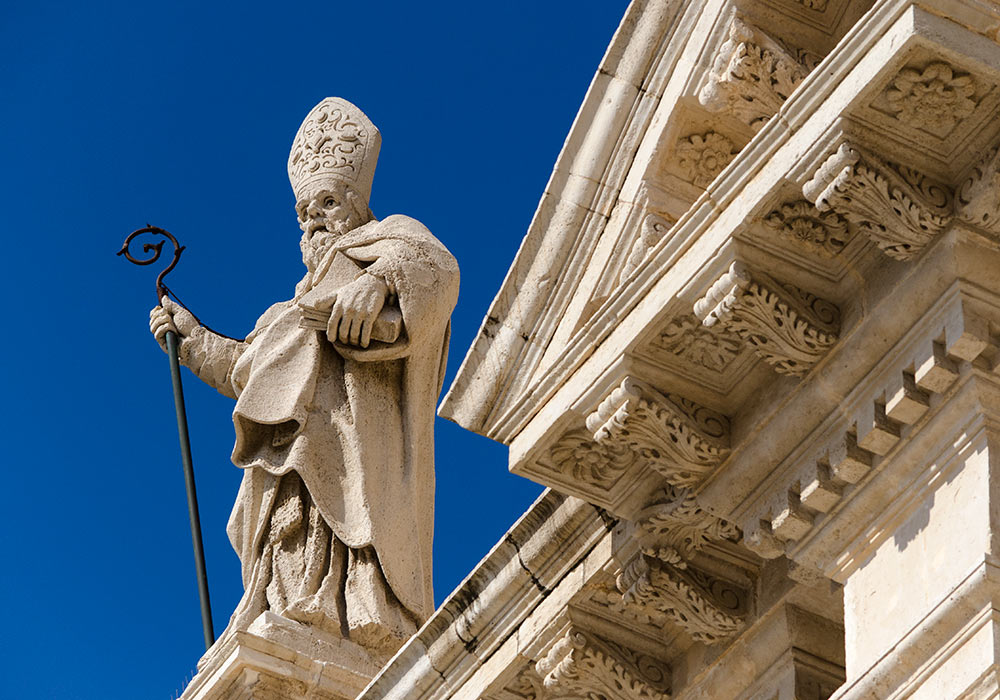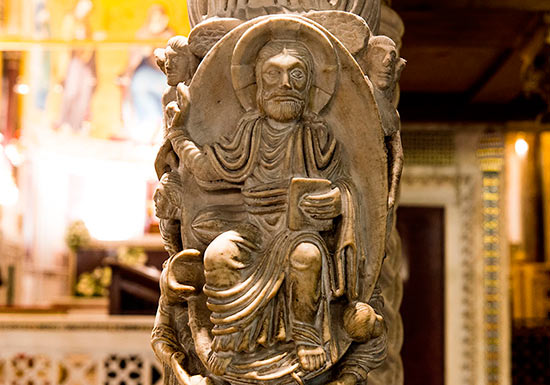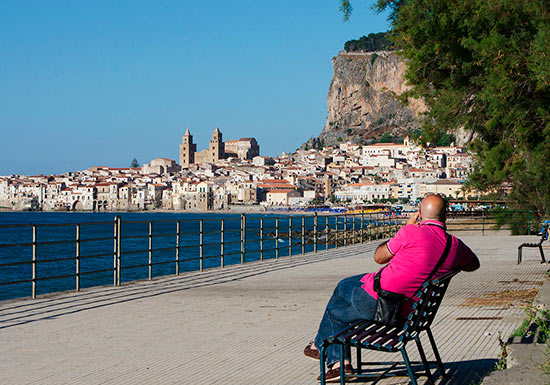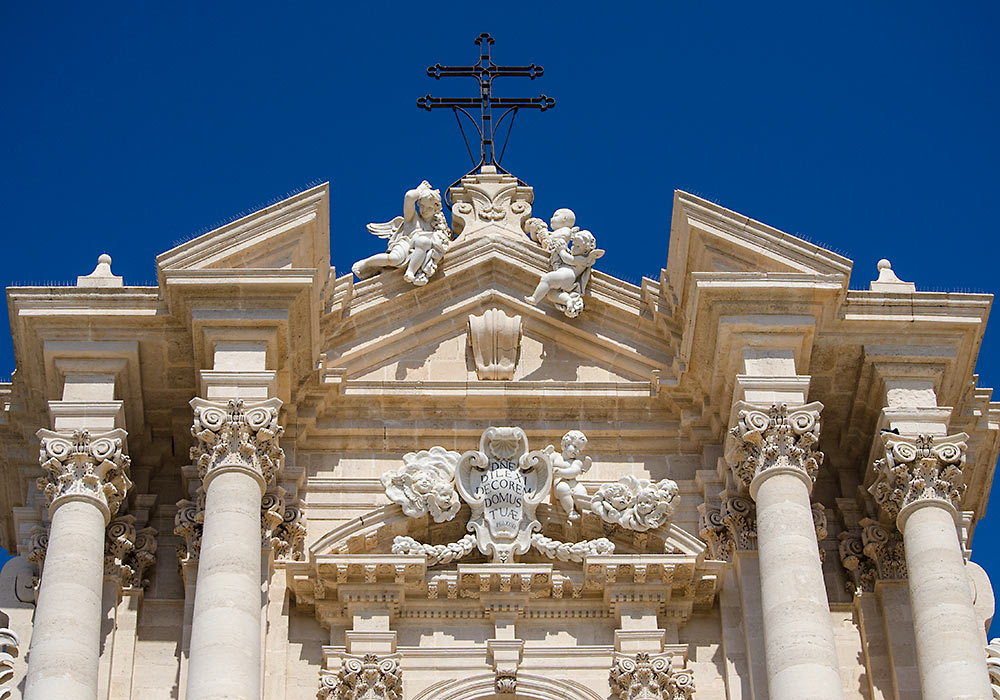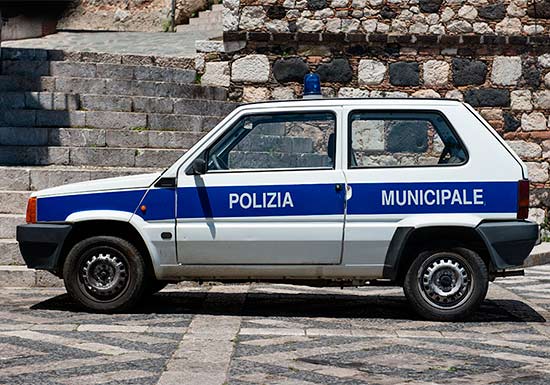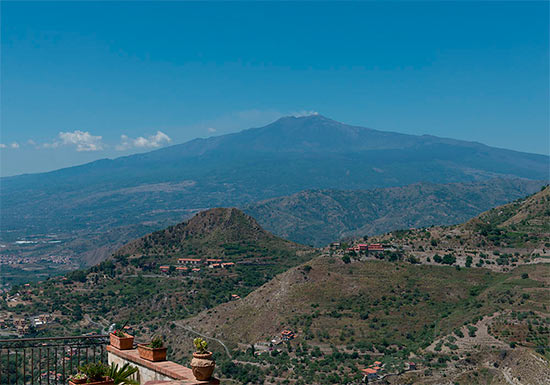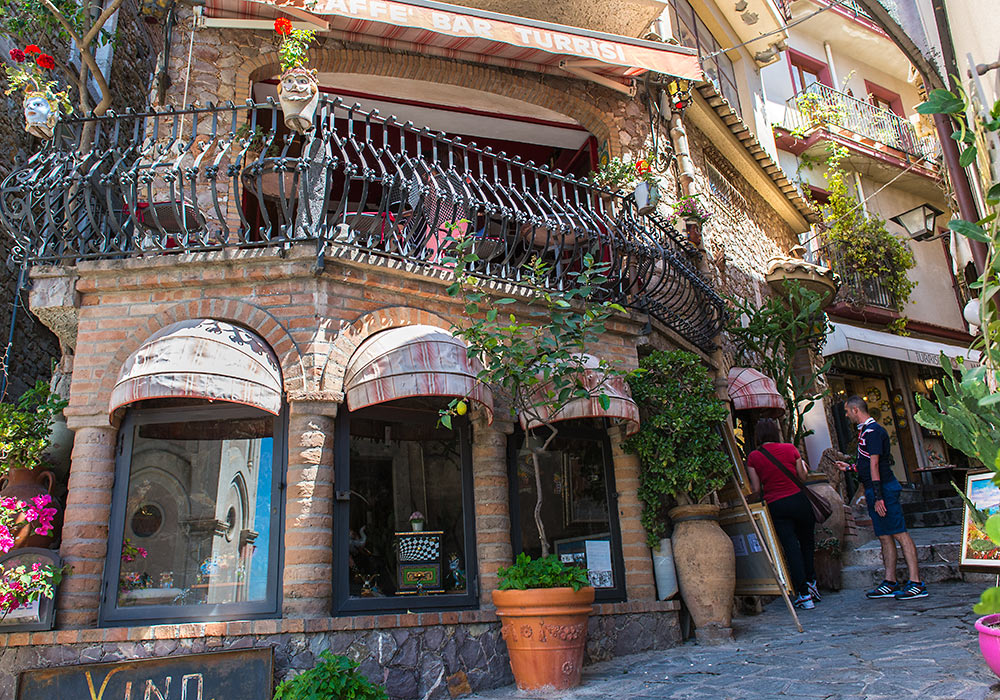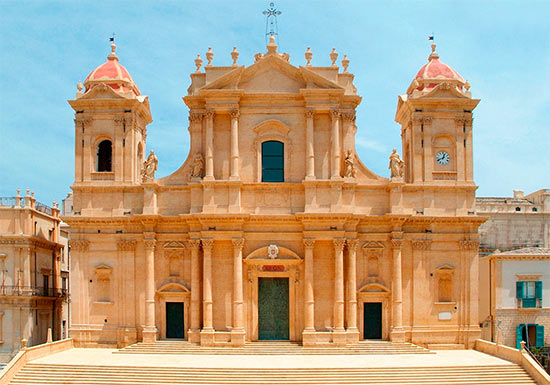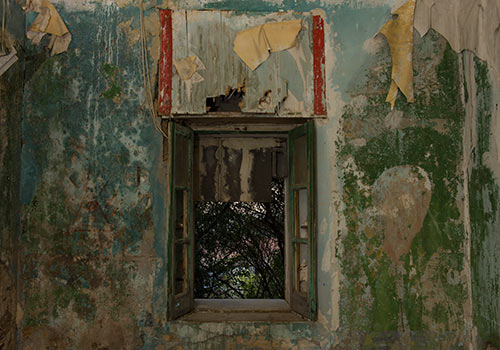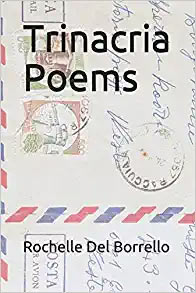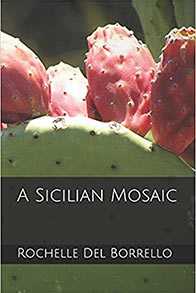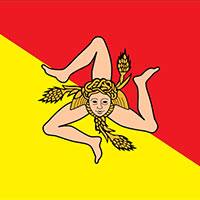The Wonders of Sicily - Explore the Spectacular History, Arts and the Sicilians
The beautiful island Sicily is located off the southwestern coast of Italy. It is the largest island in the Mediterranean Sea, and it is known for its interesting history (occupied by one foreign country after another), beautiful landscapes, and delicious cuisine.
For history and art lovers, there are many things to see and do in Sicily, including visiting historical sites like Roman ruins (top priority should be the Villa Romana del Casale), medieval castles, and the ancient Greek temples in Agrigento, Segesta and Selinunte. The island is also home to the spectacular Mount Etna, the highest active volcano in Europe, and the Aeolian Islands, a UNESCO World Heritage site known for their volcanic landscapes and crystal-clear waters.
In addition to its natural and historical attractions, Sicily is also known for its vibrant culture and its Sicilian cuisine. The most famous local dishes are pasta con le sarde (pasta with sardines), arancini (deep-fried rice balls), and caponata (a traditional eggplant dish).
The Wonders of Sicily - start your journey here, and share your passion by following us on Twitter and Facebook.
The Normans in Sicily
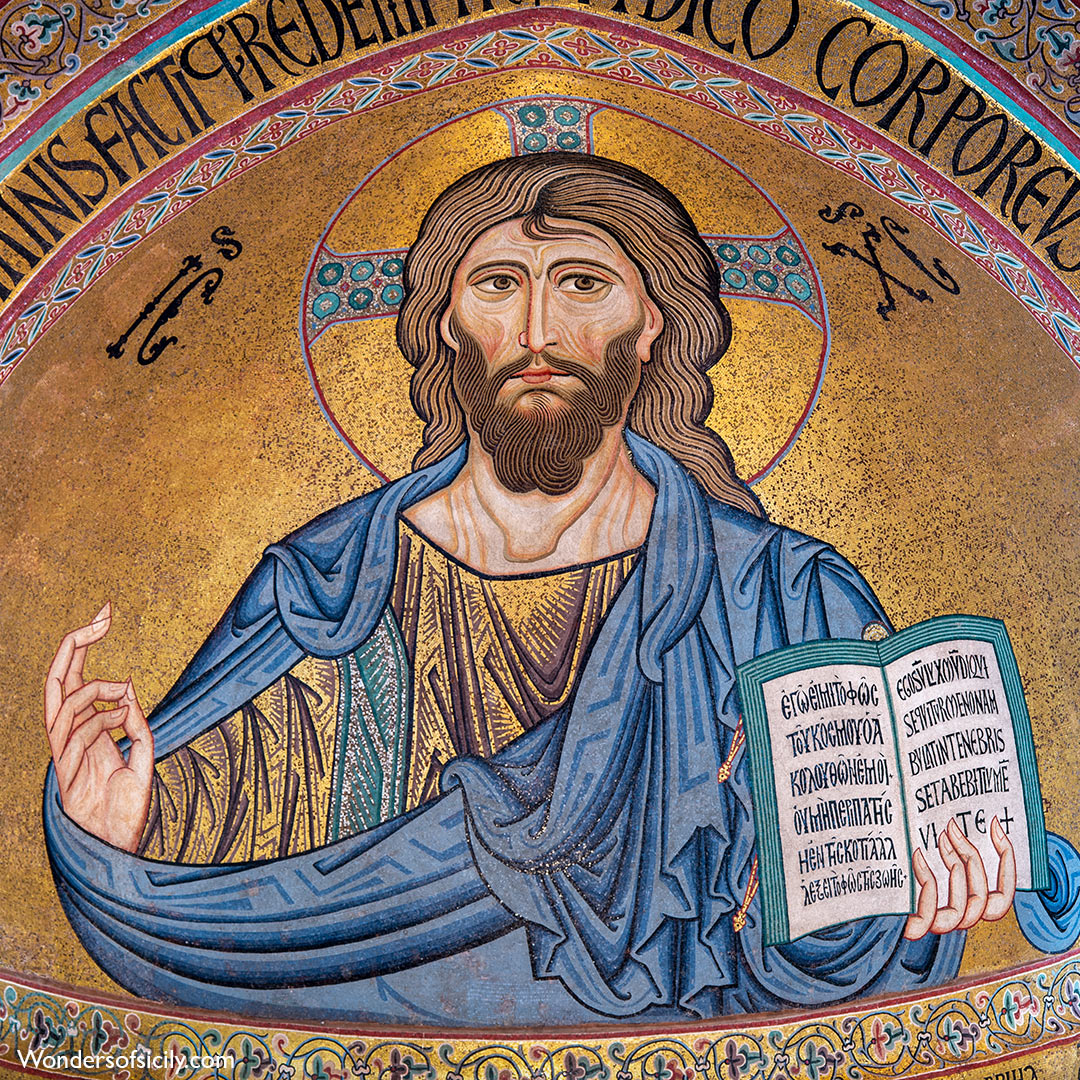
The Norman conquest of Sicily under the House of Hauteville left an indelible mark on the island's history. From Roger's initial campaigns to the ascension of Roger II as King of Sicily, the Normans brought stability and prosperity to the region. Although subsequent successions faced challenges, the legacy of the Norman rule endured, influencing the course of Sicilian history well beyond their time.
The conquest of Sicily by the Normans during the 11th and 12th centuries marked a significant chapter in the island's history. Prior to the Norman invasion, Sicily was governed by three competing emirs. However, the arrival of Norman forces, led by Roger and Robert Guiscard, initiated a series of military campaigns that ultimately resulted in the establishment of Norman rule over the island.
In 1060 and 1061, Roger undertook unsuccessful attacks on the city by crossing the Straits of Messina. Subsequently, Robert's arrival proved decisive, leading to the fall of the city. In the following year, Roger settled in Troina, and it wasn't until 1071 that the Normans began to exert their influence effectively. The conquest of Catania by Robert Guiscard and Roger served as a stepping stone for their subsequent campaign against Palermo in 1072. This pivotal victory allowed the Normans to extend their control over the northern part of the island.
The steadfast opposition from Ibn-el-Werd, the emir of Siracusa, posed a significant challenge to Roger's authority for a decade. Nevertheless, in 1085, the combined efforts of Norman naval and ground forces resulted in the successful siege of Siracusa, bolstering their control over the island.
Roger II's reign witnessed a prosperous period for Sicily and southern Italy, marked by cultural and economic advancements. Upon King Roger's death, his son William I, also known as "the Bad," ascended to the throne in 1154. William II, known as "the Good," succeeded his father in 1166 and ruled until 1189.
The Norman Rulers in Sicily
- Roger I (c. 1031–1101 Mileto), also known as Great Count Roger I, Roger Bosso, The Great Count. Italian: Ruggero I di Sicilia.
- Roger II (1095–1154)
Rogerios Rex (inscription in mosaic, Martorana, Palermo) - Simon of Hauteville (1093–1105), also known as Simon de Hauteville (in French) and Simone D'Altavilla (in Italian). He was the eldest son and successor of Roger I, count of Sicily, and Adelaide del Vasto.
- William I (1131–1166), also known as William the Bad or the Wicked
- William II (1155–1189), also known as William the Good
The Normans landed in Sicily as mercenaries in 1061. In 1194 Sicily fell into the hands of the Germanic Hohenstaufen dynasty
The Normans in South Italy
999–1017 Arrival of the Normans in Italy
1009–1022 Lombard revolt
1022–1046 Mercenary service
1046–1059 County of Melfi
1049–1098 County of Aversa
1053–1105 Conquest of the Abruzzo
1061–1091 Conquest of Sicily
1073–1077 Conquest of Amalfi and Salerno
1059–1085 Byzantine-Norman wars
1077–1139 Conquest of Naples
1091: The county of Ragusa was founded in 1091 by Count Roger for his son, Godfrey.
1095: 22 December Roger II is born
1105: Roger II is named Count of Sicily
1127: Roger II becomes Duke of Apulia and Calabria
1130: Roger II becomes King of Sicily
1130s Cappella Palatina: Commenced by Roger II
1131 Building of the cathedral in Cefalù begins (Roger II)
1140 Cappella Palatina is consecrated.
c1140-c1147 The painted wooded ceiling in Cappella Palatina was completed
1143–1151 The mosaics in La Martorana (Santa Maria dell'Ammiraglio) was made
1154: 26 February Roger II dies and William I becomes King of Sicily
1154-1166: The mosaics of the central nave of the Cefalù Cathedral and the nave and aisles of the Palatine Chapel (Cappella Palatina) were most likely made during the rule of William I
1160-70 c. Sala di Ruggero (King Roger's Room) in the Norman Palace is made
1166: 7 May King William I dies in Palermo
1174–1189 The cathedral in Monreale is built (King William II)
1194 Sicily falls into the hands of the Germanic Hohenstaufen dynasty
Sicily in art
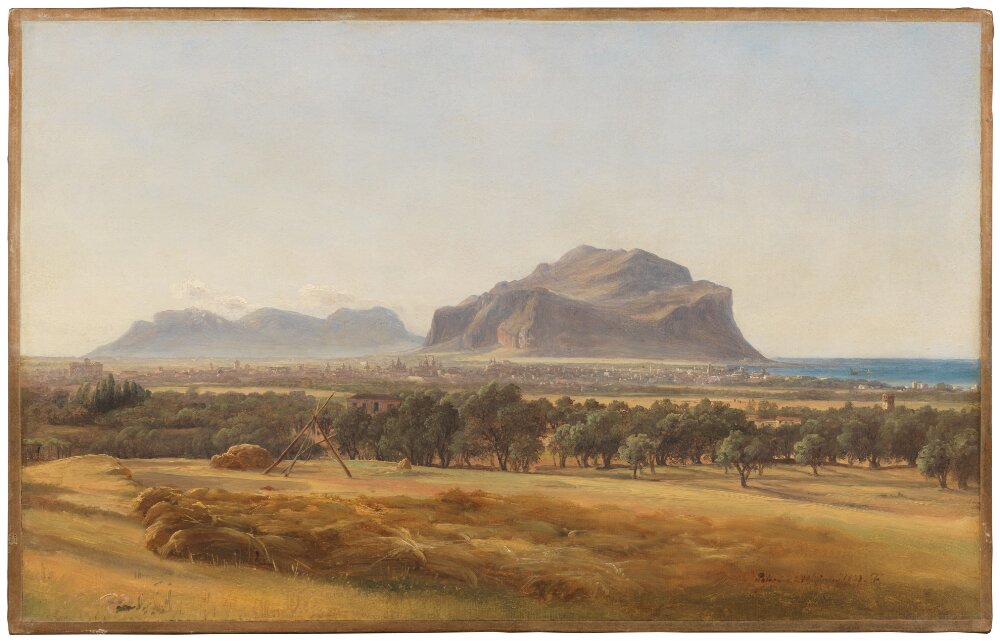
Sicily in art: The Norwegian painter Thomas Fearnley (1802-1842) visited Sicily in 1833. Here is his painting of Palermo and Monte Pellegrino. Public Domain. Photo: Cecilia Heisser / Nationalmuseum, Stockholm. See more here …
The White Lotus season 2 locations in Sicily
"For over twenty-five centuries we’ve been bearing the weight of superb and heterogeneous civilisations, all from outside, none made by ourselves, none that we could call our own. We’re as white as you are, Chevalley, and as the Queen of England; and yet for two thousand five hundred years we’ve been a colony. I don’t say that in complaint; it’s our fault. But even so we’re worn out and exhausted."
Giuseppe Tomasi Di Lampedusa: The Leopard
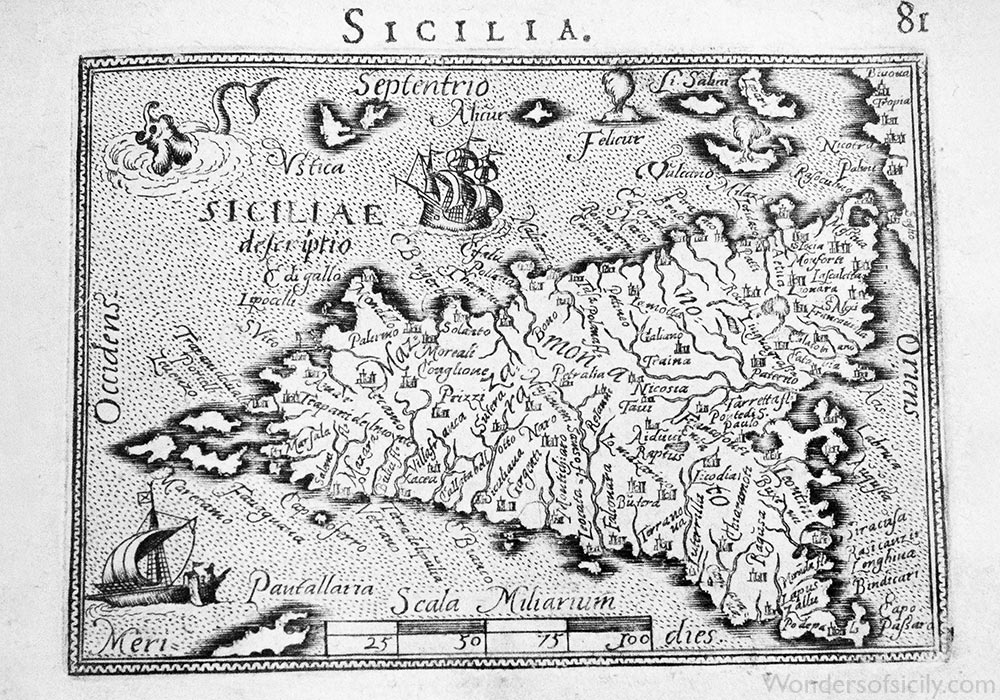
Map of Sicily from 1589.
Sicily is a large triangular island in the Mediterranean Sea, separated from the mainland by the narrow Strait of Messina. It forms, with the neighbouring islands of Lipari, Egadi, Ustica, and Pantelleria, a region of Italy.
Sicily was settled successively by Phoenicians, Greeks, and Carthaginians, and it became a Roman province in 241 bc after the first Punic War.
The Arabs conquered Sicily in 827 and remained there to 1072 when the Normans defeated them.
In 1266 Sicily was conquered by Charles of Anjou, but the unpopularity of the Angevin regime led to the uprising known as the Sicilian Vespers (which Verdi used in one of his operas) and the establishment in Sicily of the Spanish House of Aragon in its place. Southern Italy remained under Angevin rule until reunited with Sicily in 1442. In 1816 the two areas were officially merged when the Spanish Bourbon Ferdinand styled himself King of the Two Sicilies.
Sicily was liberated by Garibaldi in 1860 and finally incorporated into the new state of Italy.
John Julius Norwich - Sicily: An Island at the Crossroads of History
John Julius Norwich: "Sicily: An Island at the Crossroads of History", February 2016 (Paul Mellon Lecture)
Sicilian Sites on UNESCO's World Heritage List
- Agrigento: Archaeological Area of Agrigento (UNESCO)
- Aeolian Islands: Isole Eolie. The group consists of seven islands (Lipari, Vulcano, Salina, Stromboli, Filicudi, Alicudi and Panarea) and five small islets (Basiluzzo, Dattilo, Lisca Nera, Bottaro and Lisca Bianca) in the vicinity of Panarea. (UNESCO)
- Caltagirone (UNESCO)
- Catania (UNESCO)
- Cefalù Cathedral
- Militello Val di Catania (UNESCO)
- Modica (UNESCO)
- Monreale Cathedral
- Mount Etna (UNESCO)
- Noto (UNESCO)
- Palermo: Palazzo dei Normanni (The Norman Palace)
- Palermo: Cappella Palatina (The Palatine Chapel in the Norman Palace)
- Palermo: Church of San Giovanni degli Eremiti
- Palermo: Church of Santa Maria dell'Ammiraglio (also known as the Martorana)
- Palermo: Church of San Cataldo
- Palermo: Cathedral of Palermo
- Palermo: The Zisa Palace (La Zisa)
- Palermo: The Cuba Palace (La Cuba)
- Palazzolo Acreide (UNESCO)
- Ragusa (UNESCO)
- Scicli (UNESCO)
- Syracuse and the Rocky Necropolis of Pantalica (UNESCO)
Facts about Sicily
- Sicily is the largest island in the Mediterranean.
- Sicily is the largest region in Italy.
- The terrain in Sicily is hilly. Plains and plateaus make up only 14% of the total land area.
- It is hard to believe for anyone having visited Sicily that the island once was well wooded. By the 17th century, there was not enough timber for local consumption. A lot of the forests disappeared during the long Roman Empire era (about 6 centuries). Sicily was the first grain supplier of the empire and the Romans deforested almost the entire island in order to enlarge the wheat crops.
- The Nobel Prize winner Luigi Pirandello was born near Agrigento.
- Boccaccio's Decameron Fifth Day - Novel VI takes place in the Cuba, Palermo (commissioned in 1180 by William II)
- Lemons, oranges, pistachio and sugar cane were brought to Sicily by the Arabs.
- Sicily’s greatest film director, Giuseppe Tornatore, was born, in Bagheria. His most famous film is Nuovo Cinema Paradiso.
Trinacria Poems and A Sicilian Mosaic by Rochelle Del Borrello
Alesa Arconidea - Aleister Crowley in Cefalù - Bagheria - Balconies in Sicily - Baron Wilhelm von Gloeden - Baroque architecture in Sicily - Birds in Sicily - Caccamo - cars in Sicily - Castelmola - Cats in Italy - Collesano - Death in Sicily - Death in Sardinia - Entella - Film locations in Sicily - Fish, fishermen and fish markets in Sicily - Gela - Gibilmanna - Greeks in Sicily - Halaesa Arconidea - insects in Sicily - Linguaglossa - Lizards in Sicily - Maps of Sicily - Monreale Cathedral - Monreale Cloister - Life in Sicily - Mosaics in Sicily - Mount Etna - Museums and Exhibitions - Normans in Sicily - Palermo: Museum of the Holy Inquisition - Palermo: the Norman Palace - Palermo: Oratorio del SS. Rosario, San Domenico - Palermo: the Palatine Chapel (Cappella Palatina) - Palermo: Richard Wagner in Sicily - Palermo: La Zisa - Palermo: Chiesa Santa Maria della Catena (Church of Saint Mary of the Chain) - Syracuse: The Archeological Park - Tommaso Fazello - Tuna fishing in Sicily (La Mattanza) - Videos - Villa Palagonia (Bagheria) "The Villa of Monsters" (Villa dei Mostri) - Villa Romana del Casale (near Piazza Armerina) - Sicily in Art - Sicilian Art and Artists - The White Lotus season 2 locations in Sicily -
We recommend

